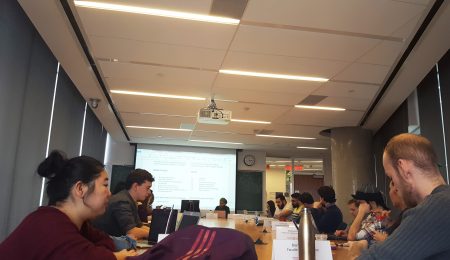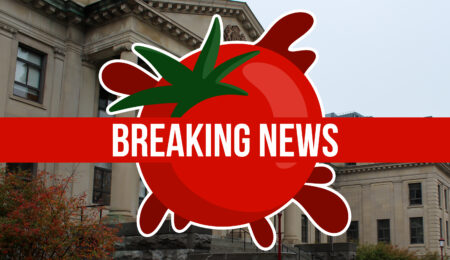On Jan. 17 the Ford government announced changes to OSAP, a mandatory 10 per cent reduction of tuition fees for post-secondary educational institutions and an opt-out option for student levies which will come into effect in the 2019-2020 academic year. There’s a lot to unpack in that announcement.
Since the most troubling parts of it are related to the changes in OSAP funding, and the potential loss of services post-secondary institutions will offer due to the tuition reduction, the opt-out option, called the Student Choice Initiative, is understandably an afterthought for a lot of students, but it shouldn’t be.
According to Fullerton, the initiative is being introduced because “Student fees in Ontario can range up to $2,000 per year, and, too often, force students to pay for services they do not use and organizations they do not support.”
However in the Fall 2018 semester, full-time students in undergraduate programs paid an average of $930 in incidental fees for services like the U-Pass, health insurance, student services, student union fees, and faculty associations.
She further described the initiative as a way to “ensure students get transparency and freedom of choice regarding the campus services and organizations which get access to their money,” but in reality, the freedom of choice is an illusion.
The government has mandated certain “essential” services that students cannot opt-out of such as academic support, health and counselling, safe walk programs, and sports and recreation, however campus media and student unions didn’t make the cut.
This afterthought of a decision has many implications. For one, most levies for student run services, including resource centres, foot patrol (which would fall under a safe walk program), clubs, UOSERT, the food bank, and student media such as La Rotonde, the Fulcrum, and CHUO, are currently distributed by the Student Federation of the University of Ottawa.
In response to the announcement, institutions will likely have to change the way they operate in order to meet these requirements, and the U of O especially, given the fact that our current student union is hanging on by a thread, and the future of a new one remains uncertain.
While it’s true that it is in the discretion of universities and colleges to decide what is and isn’t an essential service outside of what the government has already outlined, it’s worrisome nonetheless. If the well-being of students were at the forefront of this decision, it would be their choice to determine what services are essential to them, not their institutions’ and certainly not the government.
This is an incredibly disappointing announcement, because the services that the government deems non essential are the ones that benefit students the most. For a government that cares so much about freedom of speech, it seems odd not to include campus media as an essential part of post-secondary institutions, especially given the fact that student press holds administration and student government accountable in ways that the larger media landscape both cannot and would not do.
With the mandatory ten per cent decrease in tuition, universities will likely cut services to make up for the loss of revenue, and without students funding necessary services to fill that gap, a lot of important resources will be lost to those who need them.
Without student media around to amplify those voices, no one will.





